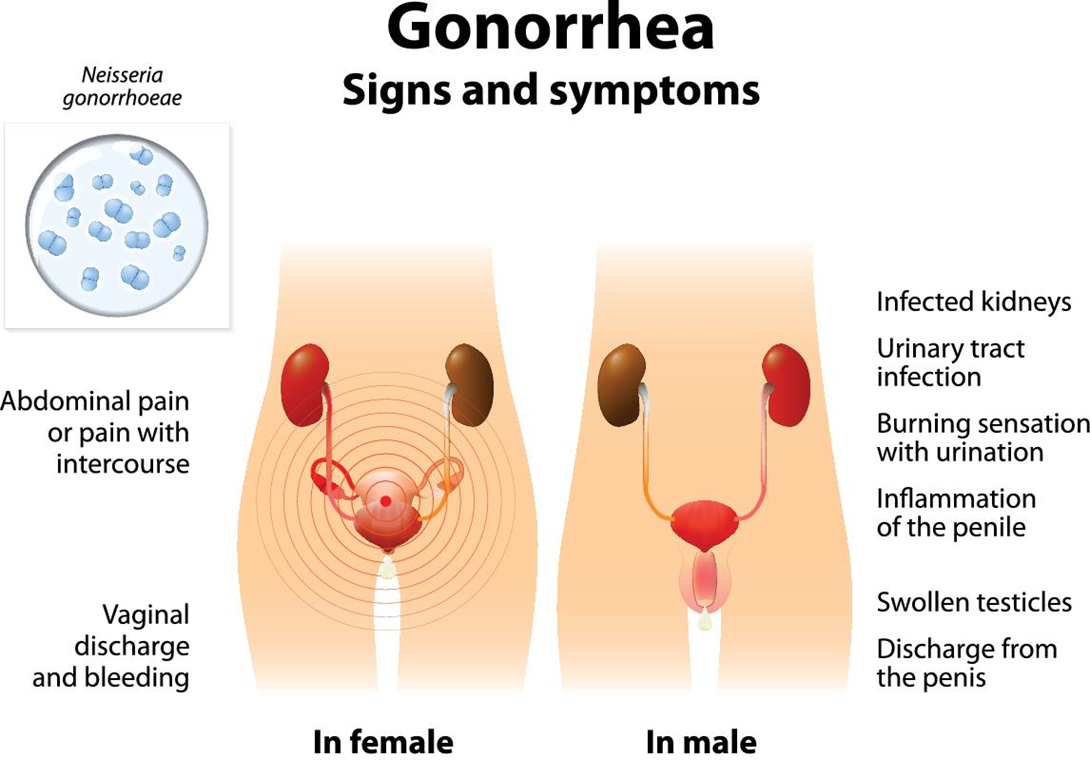Which of the following is transmitted through direct contact with the blood or body fluid of someone who is infected (usually through unprotected sex, sharing needles, or passed from a mother to a baby at birth)? Symptoms may take 10 years or more to show. Once they appear, the person is susceptible to life-threatening infections.
Herpes simplex virus
Human papillomavirus
Human immunodeficiency virus
Cytomegalovirus
The Correct Answer is C
Choice A reason: Herpes simplex virus is incorrect because it is not the infection described in the question. It is transmitted through direct contact with the skin or mucous membranes of someone who is infected, usually through oral or genital sex. Symptoms include painful blisters and sores in the mouth or genitals. It does not cause life-threatening infections, but it can increase the risk of other sexually transmitted infections.
Choice B reason: Human papillomavirus is incorrect because it is not the infection described in the question. It is transmitted through direct contact with the skin or mucous membranes of someone who is infected, usually through genital sex. Symptoms include genital warts and cervical cancer. It does not cause life-threatening infections, but it can increase the risk of other cancers.
Choice C reason: Human immunodeficiency virus is correct because it is the infection described in the question. It is transmitted through direct contact with the blood or body fluid of someone who is infected, usually through unprotected sex, sharing needles, or passed from a mother to a baby at birth. Symptoms may take 10 years or more to show. Once they appear, the person is susceptible to life-threatening infections, such as pneumonia, tuberculosis, or cancer. This condition is also known as acquired immunodeficiency syndrome (AIDS).
Choice D reason: Cytomegalovirus is incorrect because it is not the infection described in the question. It is transmitted through direct contact with the saliva, urine, or breast milk of someone who is infected, usually through kissing, sexual contact, or breastfeeding. Symptoms are usually mild or absent in healthy people, but they can be serious in people with weakened immune systems or unborn babies. It does not cause life-threatening infections, but it can cause birth defects, hearing loss, or vision problems.
Nursing Test Bank
Naxlex Comprehensive Predictor Exams
Related Questions
Correct Answer is B
Explanation
Choice A reason: Human papillomavirus is incorrect because it is not caused by a bacterium, but by a virus. It can cause genital warts and cervical cancer, but it cannot be cured with antibiotics.
Choice B reason: Gonorrhea is correct because it is caused by a bacterium called Neisseria gonorrhoeae, often produces no symptoms, but can be treated with antibiotics. If symptoms occur, they may include painful urination and discharge from the penis or vagina. If left untreated, the infection can result in more serious long-term problems, including infertility, pain, and joint problems.
Choice C reason: Herpes simplex virus is incorrect because it is not caused by a bacterium, but by a virus. It can cause genital herpes, which is marked by painful blisters and sores in the genital area. It cannot be cured with antibiotics, but antiviral medications can help reduce the frequency and severity of outbreaks.
Choice D reason: Cytomegalovirus is incorrect because it is not caused by a bacterium, but by a virus. It usually causes mild or no symptoms in healthy people, but can be serious in people with weakened immune systems or unborn babies. It cannot be cured with antibiotics, but antiviral medications can help treat the symptoms.

Correct Answer is B
Explanation
Choice A reason: Ceftriaxone is incorrect because it is not the drug of choice for syphilis treatment. It is a cephalosporin antibiotic that can be used for other bacterial infections, such as gonorrhea, meningitis, or pneumonia.
Choice B reason: Penicillin G is correct because it is the drug of choice for syphilis treatment. It is a penicillin antibiotic that can effectively cure syphilis at any stage, except for neurosyphilis, which requires intravenous administration.
Choice C reason: Acyclovir is incorrect because it is not the drug of choice for syphilis treatment. It is an antiviral medication that can be used for viral infections, such as herpes simplex virus, varicella-zoster virus, or cytomegalovirus.
Choice D reason: Tetracycline is incorrect because it is not the drug of choice for syphilis treatment. It is a tetracycline antibiotic that can be used for other bacterial infections, such as chlamydia, acne, or Lyme disease.
Whether you are a student looking to ace your exams or a practicing nurse seeking to enhance your expertise , our nursing education contents will empower you with the confidence and competence to make a difference in the lives of patients and become a respected leader in the healthcare field.
Visit Naxlex, invest in your future and unlock endless possibilities with our unparalleled nursing education contents today
Report Wrong Answer on the Current Question
Do you disagree with the answer? If yes, what is your expected answer? Explain.
Kindly be descriptive with the issue you are facing.
